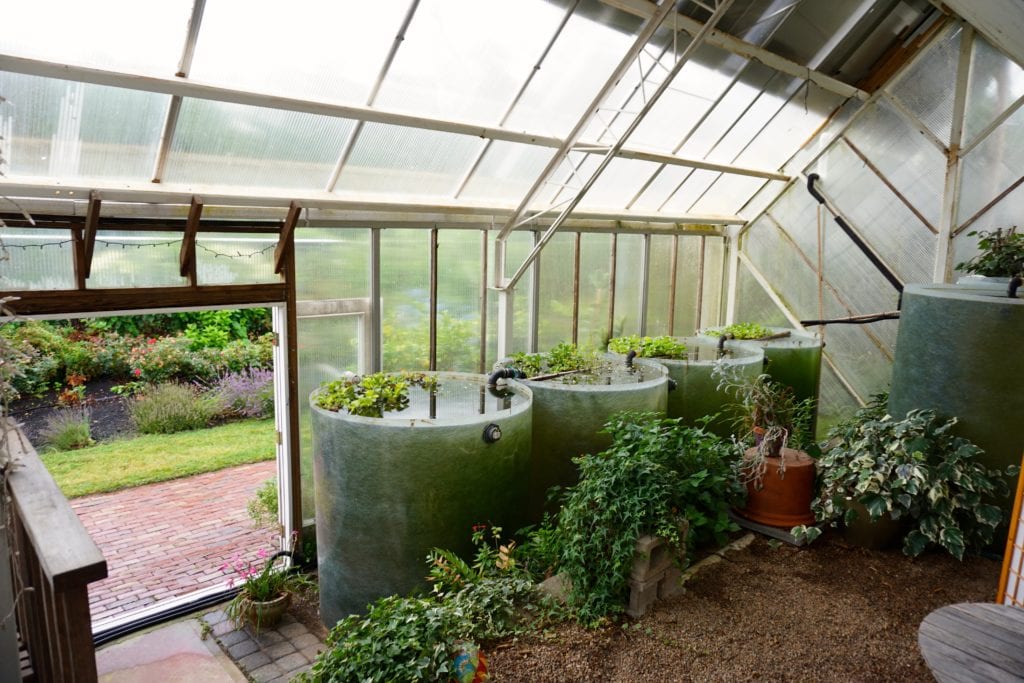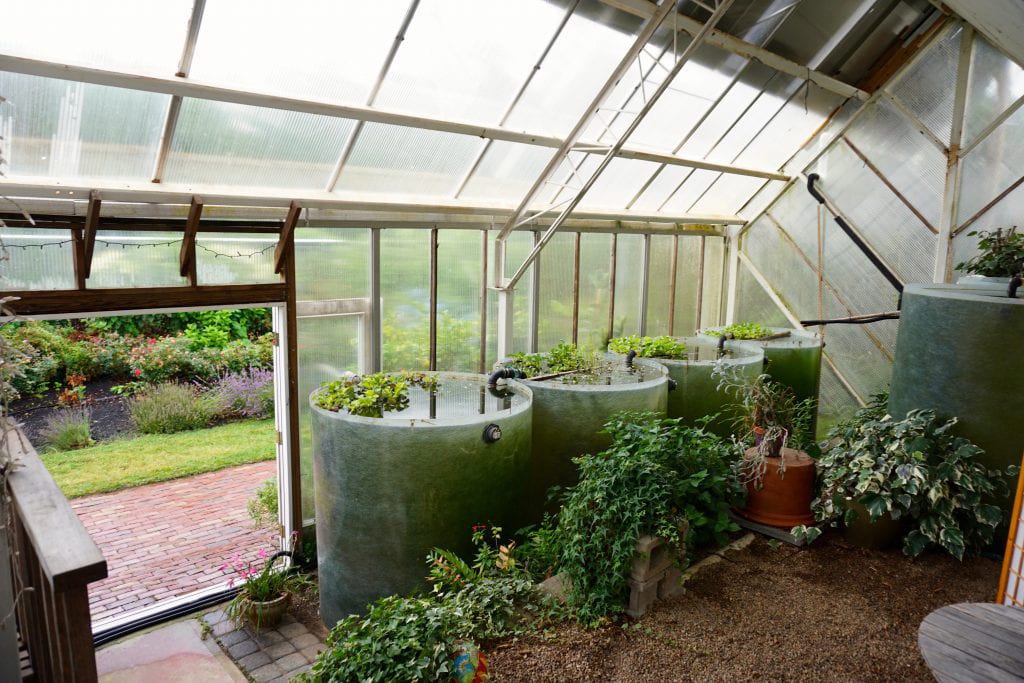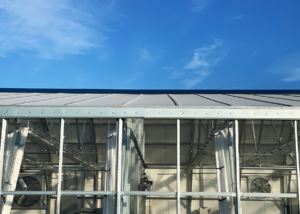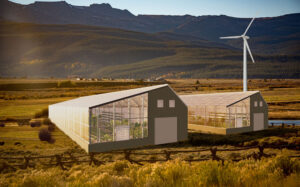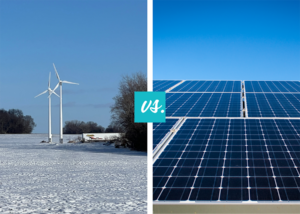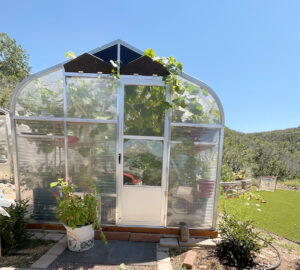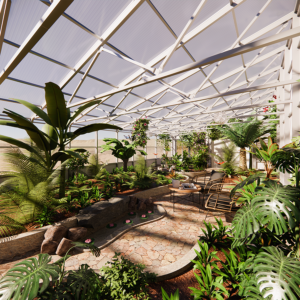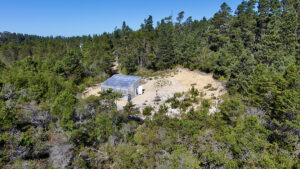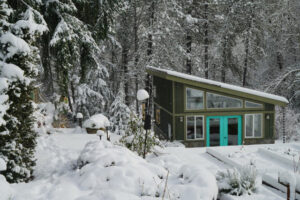Year round greenhouses, or even those used for season extension, face the challenge of extreme temperature swings. A greenhouse structure can collect excessive amounts of heat during the day when the sun is out, causing them to easily overheat. However, they quickly lose this heat at night due to a lack of insulation, resulting in overcooling or possibly freezing.
Many growers turn to heating and cooling to maintain a stable temperature – ventilating during the day and heating the greenhouse at night. While reliable, these strategies can be costly and unsustainable. Thermal mass materials can present a natural alternative to evening out temperature swings, maintaining a suitable growing environment without fossil-fuel heating/cooling (in specific applications).
Thermal mass materials are dense materials which store heat. They absorb thermal energy during the day, either from direct light or the heat of the greenhouse, and re-radiate this heat back into the greenhouse when the temperatures drop at night.
Water is the most commonly used thermal mass in greenhouses for two reasons: it has the highest heat capacity per volume of any of readily available material, and it is cheap. The only needed component is a storage container – abundant commodities in our plastic-laden society.
By stacking several large drums of water in a greenhouse, a grower can create a ‘water wall’ — a large and low-cost thermal battery for the greenhouse. The disadvantage with this low-cost climate control strategy is primarily that water takes up considerable space in the greenhouse, which could otherwise be used for growing. Incorporating water walls often requires building a bigger greenhouse or taking up some of your existing growing room. Thus, water walls are most commonly used only in large backyard greenhouses – structures large enough to accommodate the extra space easily, and that do not need to maximize every allowable space for growing.
Another disadvantage is a lack of precise control. Unlike a ventilation fan or heater, which you can set to operate at a specific temperature, thermal mass can have a varying and unpredictable effect. To absorb heat during the day, water walls rely on passive solar energy. Thus, they are dependent on the outdoor climate, and will have limited effect during periods of cold and cloudy weather. They are particularly well suited for structures which do not rely on electricity or supplemental heating, such as off-grid or passive solar greenhouses.
Another solution…
If you’re looking to maximize the amount of growing space in your greenhouse, we recommend phase change material (PCM) as a thermal mass alternative to water barrels. PCM comes in sheets and can be fastened to the north wall of a solar greenhouse where it will use the sun’s energy to literally “change phases”. The sheets of PCM consist of pockets that are filled with vegetable oils, paraffin waxes or saline solutions.
How does it work?
PCM passively absorbs and releases heat in a solar greenhouse through the energy transfer of phase changes, going from liquid to solid. When a greenhouse gets hot from the sun during the day, the PCM absorbs
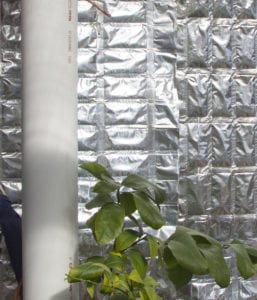
a huge amount of energy, called latent heat, and melts. At night, the PCM ‘freezes’ again and releases heat back into the greenhouse, all the while maintaining the space at a comfortable target temperature.
Just like water barrels, phase change material acts like a battery by passively storing heat in the greenhouse (also called thermal mass). However, due to the latent heat transfer of phase changes, PCM has about 5x the storage capacity as the same volume of water. It can be built into a new wall or added onto an existing wall of a greenhouse, passively evening out temperature swings without sacrificing growing room.
Interested in a thermal mass greenhouse? Contact us to learn more
